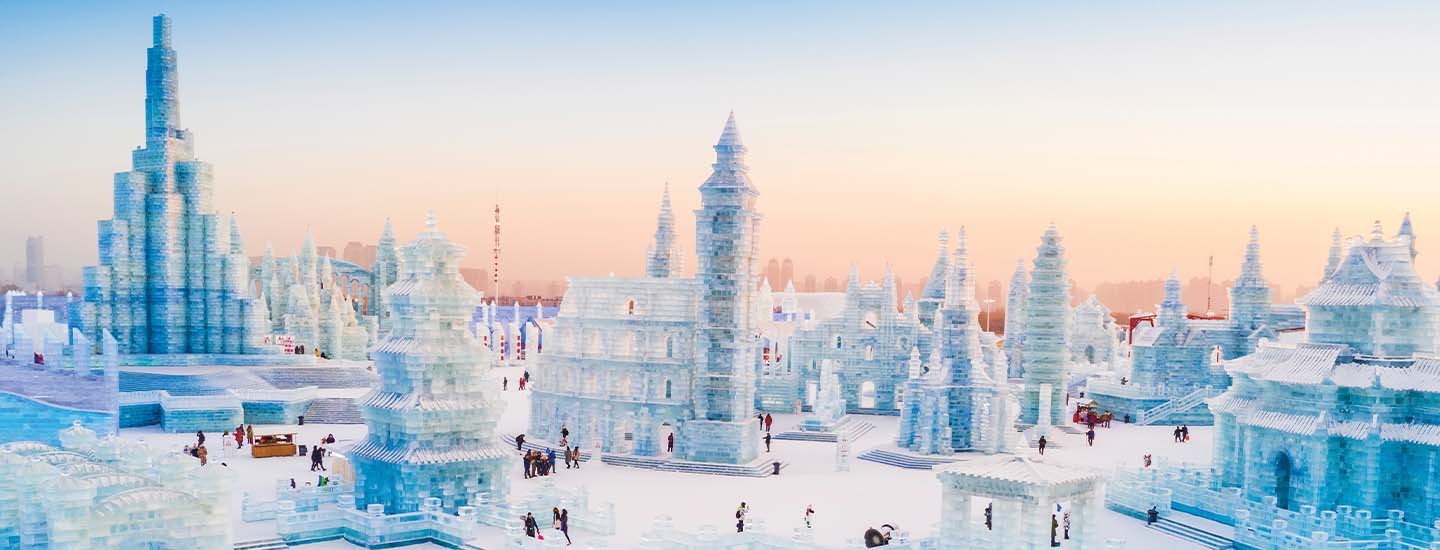Jim McMahon/Mapman®
Bundle up, grab some hot chocolate, and prepare to be dazzled! One of the world’s most spectacular winter festivals gets underway this month in northeast China.
The Harbin International Ice and Snow Sculpture Festival kicks off on January 5. The annual event—which attracts up to 15 million visitors a year—is a winter wonderland featuring gigantic works of frozen art. Sculptors from around the world create thousands of intricate structures out of ice and snow, ranging from sleek castles to 150-foot-tall dragons.
During the day, festival-goers can ski, ice-skate, go sledding, and ride bicycles on the ice. At night, the city comes to life in a rainbow of colors as neon lights shine through the displays.

